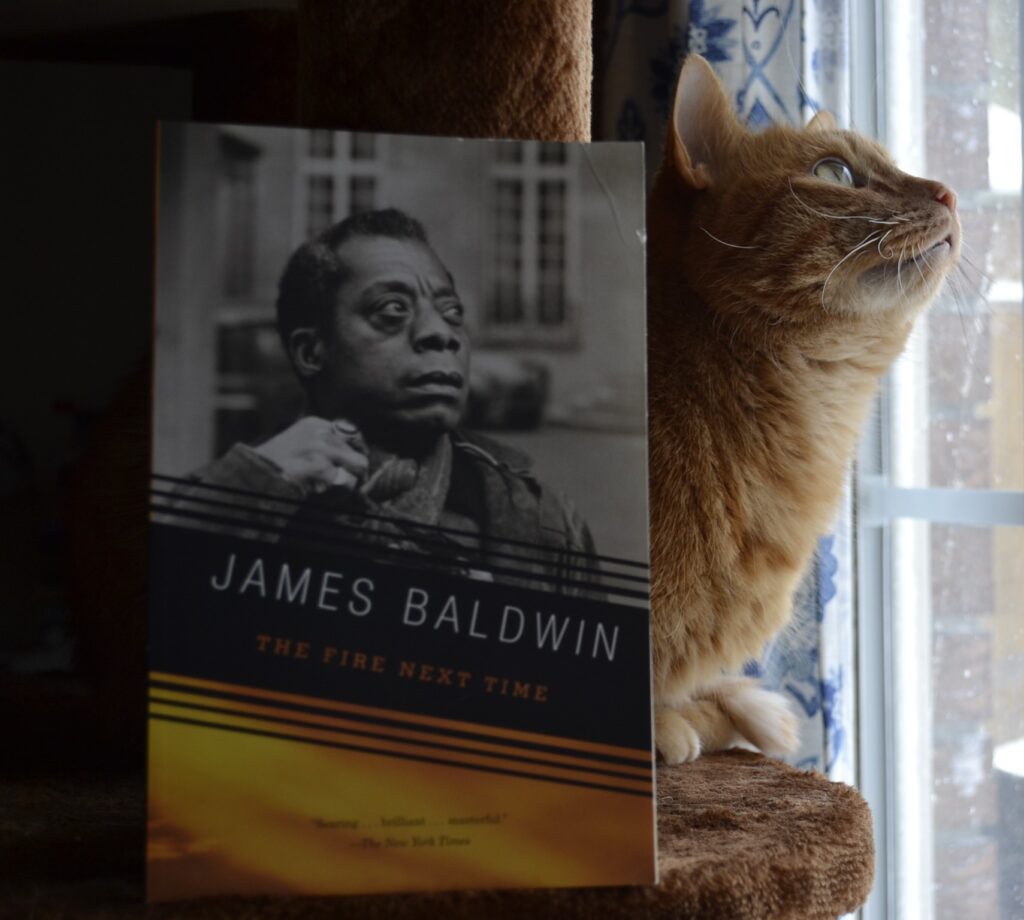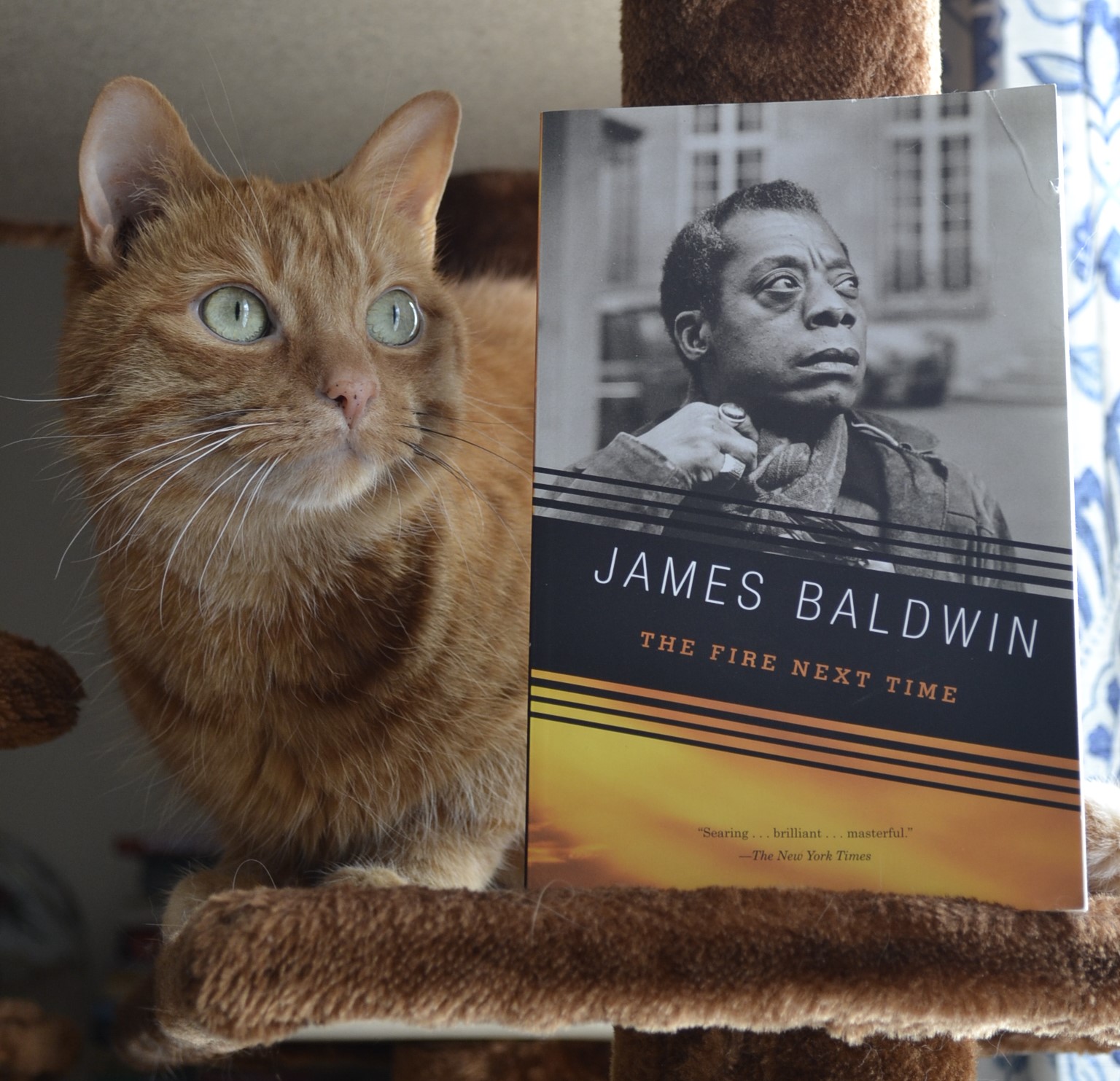Medication Shuffle
We had to take Wesker to the vet this week, since she has been losing tiny bits of weight at every one of our weekly weigh-ins. Yes, we weigh the cats weekly. Why? Because some of them are on the hefty side and we have long decided that we need to frequently check to make sure that their diets are working and that their chonky tendencies are not getting out of control. It also helps us spot issues in the skinnier cats before we actually notice a difference in their body condition.
Wesker has always been skinny, and since her kidney disease diagnosis she’s never managed to put on much weight. So we took her to the vet and are a trying a few solutions before going down the rabbit hole of more diagnostic testing. A bit of medication and a food change is first up, and I am desperately hoping that it works. Wesker might seem stoic, but she’s seventeen and I know that all the poking and prodding is getting harder and harder for her to tolerate.
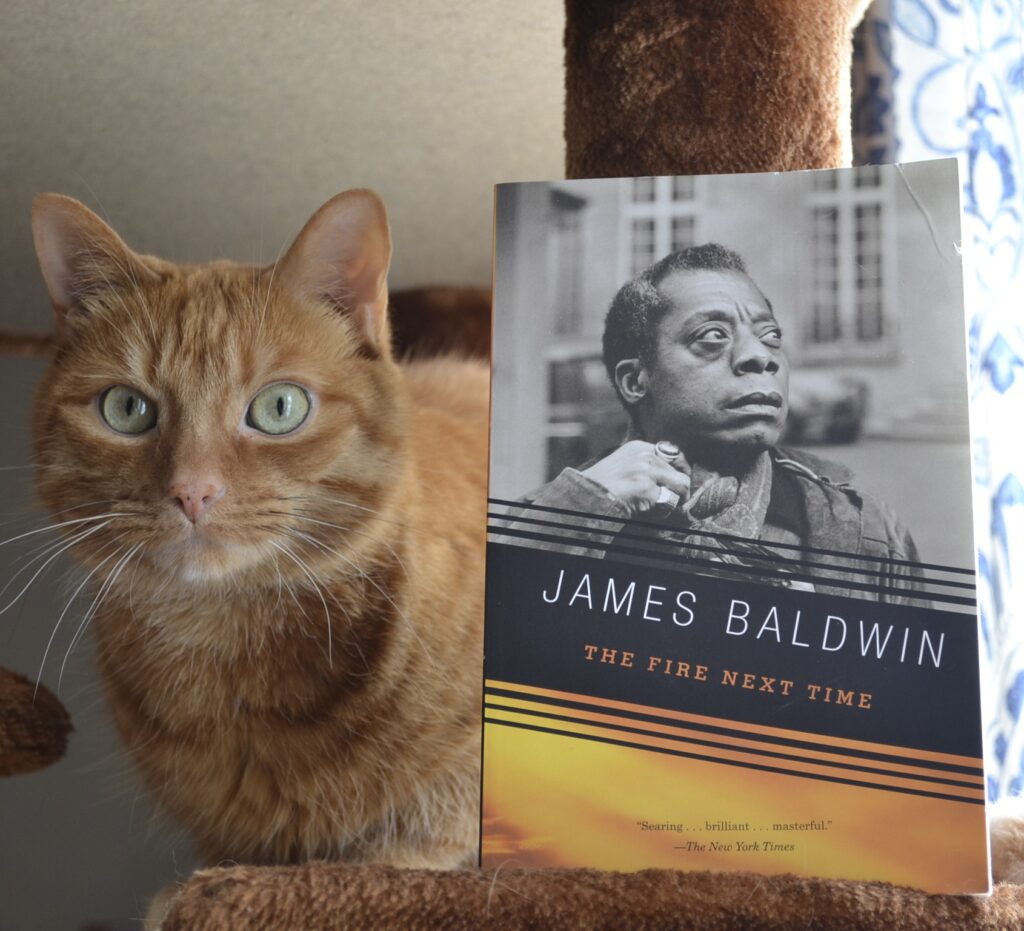
Essential Reading
For Black History Month, I decided to do a bit of a James Baldwin appreciation theme — since he is one of my favourite essayists as well as being a prominent voice on systemic racism and prejudice woven into the American experience. He was also a key witness, chronicler, and part of the Civil Rights Movement.
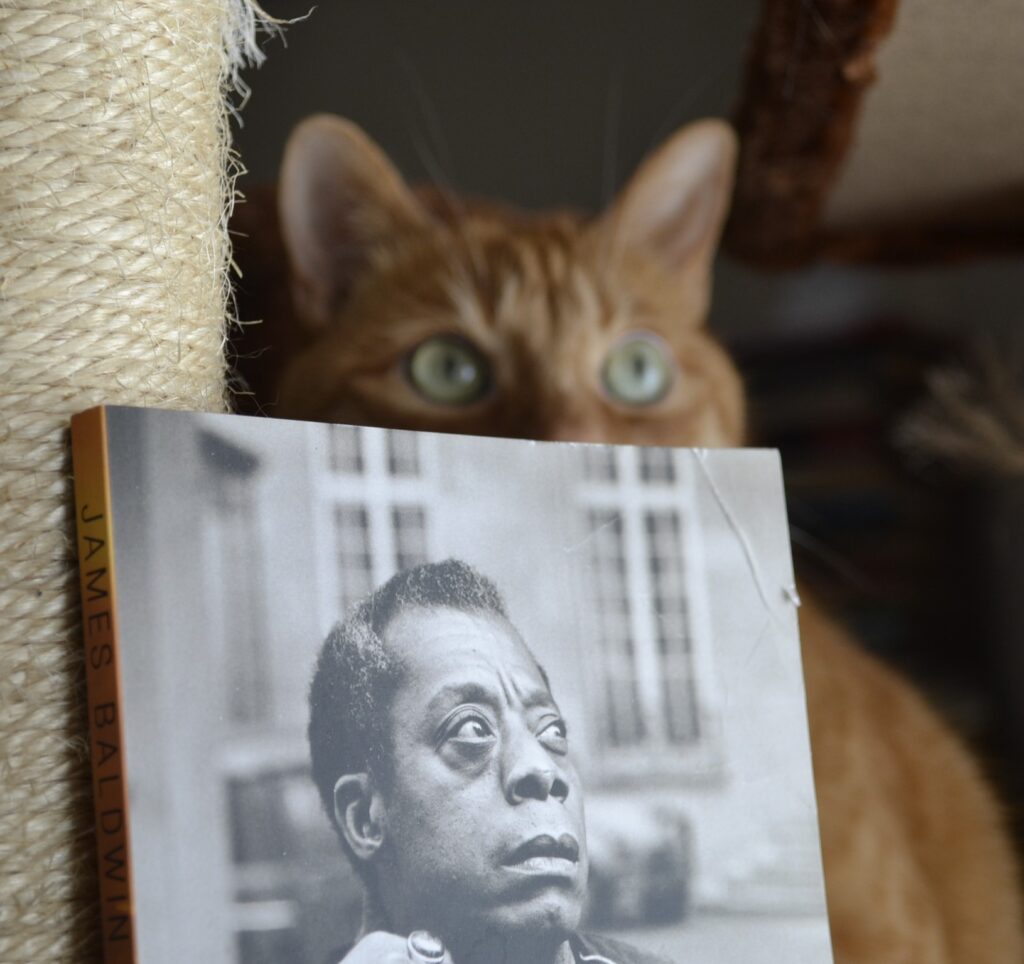
The Fire Next Time is the James Baldwin book to read if you decided that you will only read one of his works and no others — though I sincerely hope that no one does this. The Fire Next Time is composed of two essays previously published in magazines, both discussing the realities of the prominence of race and racism in American history. Baldwin wrote for a broad audience, seeking to articulate the struggles of Black Americans and to reach white Americans and expose them to all of the ugliness that most were choosing to turn a blind eye to.
It is the way he writes that is so revolutionary. Stark, powerful, and refusing to hold anything back, including himself and the most vulnerable parts of himself.
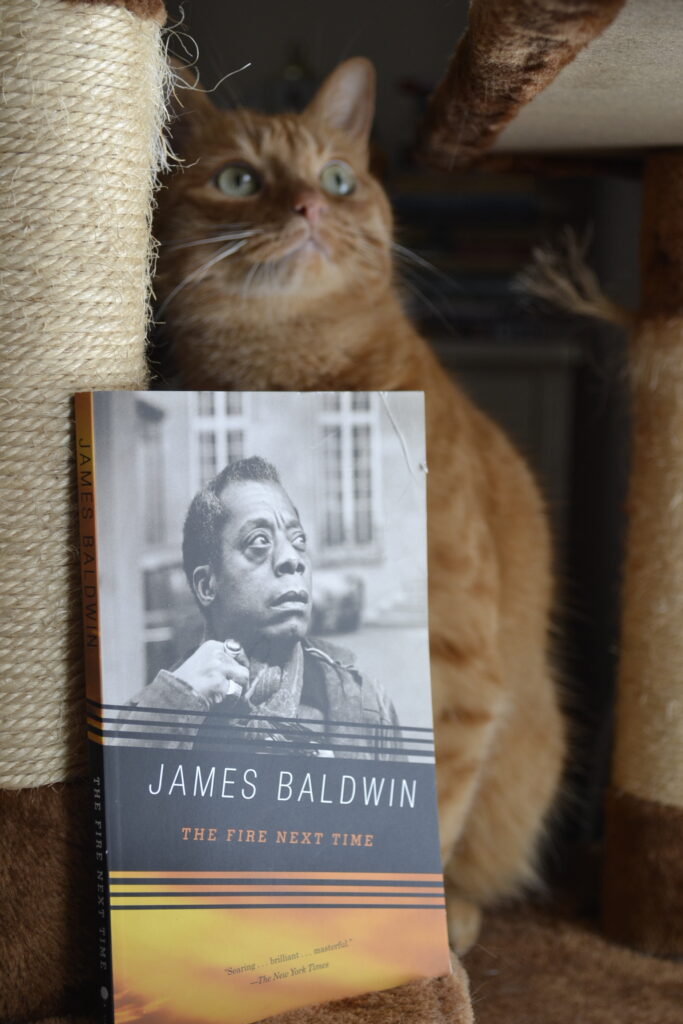
My Dungeon Shook
‘My Dungeon Shook: Letter to My Nephew on the One Hundredth Anniversary of the Emancipation’ is an essay that is (unsurprisingly) structured as a letter to his nephew and was originally published in The Progressive magazine in 1962. In it, Baldwin uses the experiences of the men in his own family to illustrate to his nephew what it is like to be a Black man in America and how systemic racism can annihilate them psychologically, spiritually, and physically.
At a time where violence was seen as one of the only answers, Baldwin asks his nephew to instead channel his anger into a broader perspective. To experience what it is to be Black with open eyes and to revel in the joys at the same time as being conscious of the sorrows and the mistreatment he will no doubt encounter.
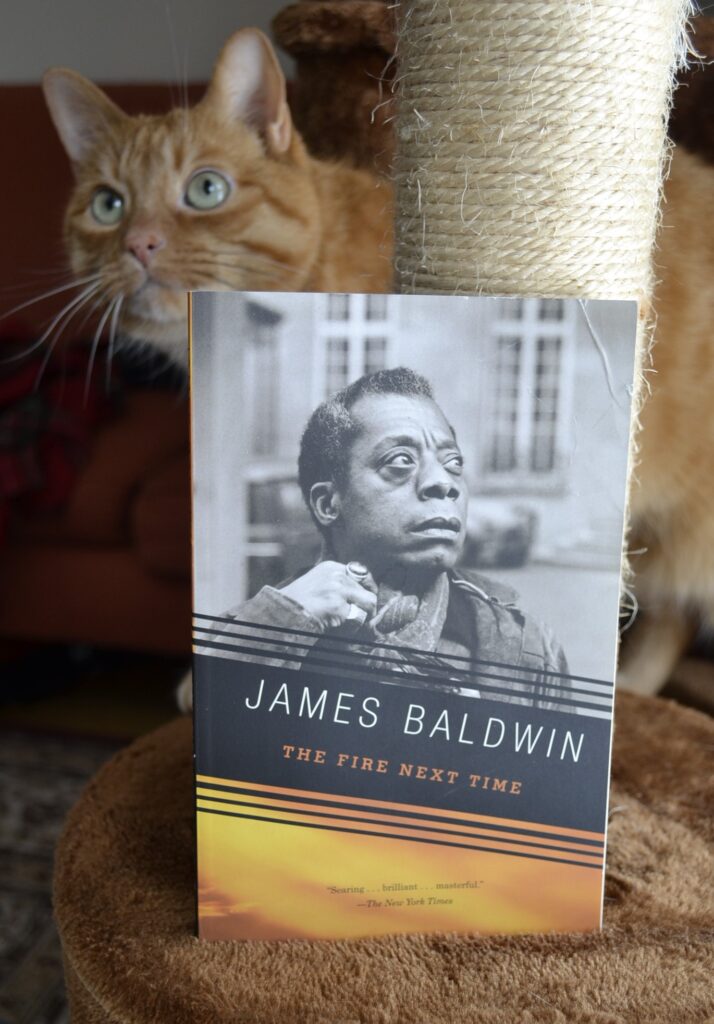
Letter From a Region in My Mind
The second and longer essay ‘Down at the Cross: Letter from a Region in my Mind’, was published in the New Yorker in 1962. In it, Baldwin discusses his personal experiences with religion and wrestles with its role in the Civil Rights Movement and his relation to it as a Black American.
He details his journey from being a teenage pastor in his father’s church to his then present when he was being asked to convert to the Nation of Islam. He discusses his personal feelings on each religion and compares them in the context of Black culture and identity. The essay reads as a warning and call back to the core problem of systemic racism at the root of American history and American culture. Reading this essay now, over sixty years after it was written, is like reading about many terrible predictions that have now come to pass. It’s not exactly heartening, but Baldwin offers hope that if there are people willing to fight for it, there is a chance of a better world.
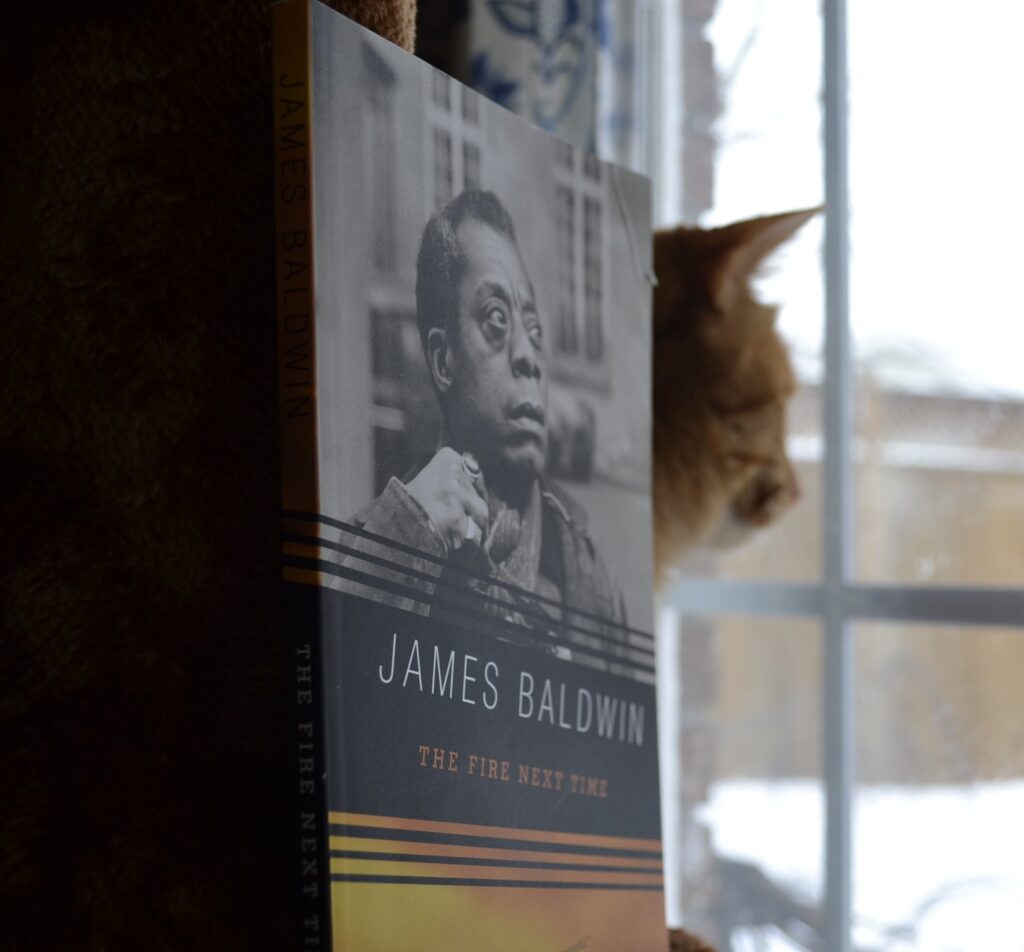
Hopes and Fears
I know that it might be a while before we can determine what is making Wesker lose weight and the best solution to the problem. It’s hardest to sit with the uncertainty, but at least Wesker is acting like her usual senior lady self. I know she’s not in pain, and I know that every night she still will be on my pillow waiting for bedtime. That’s a bit of comfort in the miasma of vet appointments and vague incessant worrying.
